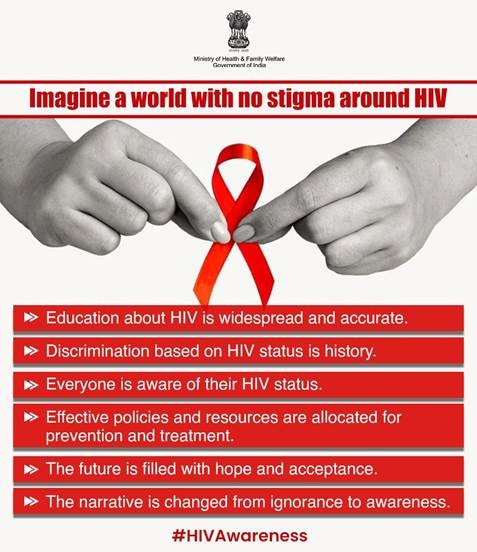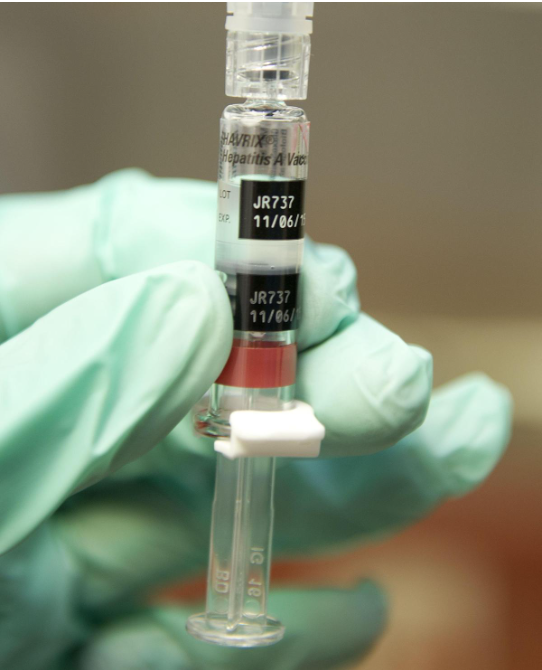




Source: MDPI
Disclaimer: Copyright infringement not intended.
The World Health Organization has endorsed GLP-1 receptor agonists (GLP-1 RAs) for managing obesity.
These drugs including semaglutide and tirzepatide are hailed as transformative tools that complement traditional interventions like diet and exercise.
GLP-1 receptor agonists mimic the glucagon-like peptide-1 hormone which regulates appetite and blood sugar levels.
Originally designed for diabetes management, these drugs have demonstrated efficacy in achieving significant weight loss.
WHO scientists emphasized that traditional methods like promoting healthy eating and exercise, while scientifically sound have not significantly reduced obesity prevalence.
GLP-1 RAs offer 10–25% weight reduction for patients.
Obesity Statistics (2022):
Globally: 890 million adults and 160 million adolescents are obese.
India:
44 million women and 26 million men live with obesity.
Obesity among children surged dramatically from 0.4 million (1990) to 12.5 million (2022).
Economic and Health Impacts:
Obesity-related expenses are expected to reach $3 trillion globally by 2030.
Obesity contributes to 12% of all deaths from non-communicable diseases (NCDs) worldwide.
Patents for drugs like semaglutide are set to expire in countries such as India and Brazil. Indian manufacturers are preparing bioequivalence trials for generic versions ensuring affordability and accessibility.
WHO plans to release comprehensive guidelines for GLP-1 RA usage in obesity management by July 2025 covering clinical indications and global programmatic considerations.
Ozempic (Novo Nordisk): Approved for diabetes in 2017 later prescribed off-label for obesity.
Wegovy (Novo Nordisk): Approved in 2021 for chronic weight management.
Mounjaro and Zepbound (Eli Lilly): Diabetes drugs gaining traction as weight loss therapies.
High demand and limited production have led to concerns about counterfeit drugs in grey markets.
GLP-1 RAs remain expensive limiting their availability in low- and middle-income countries.
Patent expiry may lead to a surge in generic production making these therapies more accessible.
Further research is needed to determine the long-term sustainability of weight loss and safety of GLP-1 RAs.
As part of a multi-pronged strategy, these drugs can complement traditional approaches especially for individuals resistant to diet and exercise interventions.
Policymakers and pharmaceutical companies must ensure affordable access through generic production and innovative pricing models.
Ongoing trials should focus on long-term outcomes, mitigating side effects and understanding the implications of prolonged use.
Sources:
|
PRACTICE QUESTION Q.Consider the following statements about GLP-1 Receptor Agonists:
Which of the statements is/are correct? (a) 1 and 2 only (b) 1 and 3 only (c) 2 and 3 only (d) 1, 2 and 3 Answer: (b) Explanation: Statement 1 is correct. GLP-1 RAs mimic the action of GLP-1, a hormone that stimulates insulin secretion in response to meals, slows gastric emptying and suppresses glucagon secretion. Statement 2 is incorrect. GLP-1 RAs do not primarily act on the liver but on pancreatic beta cells to enhance insulin secretion and on the brain to regulate appetite. Statement 3 is correct. These drugs are widely used for type 2 diabetes due to their ability to control blood sugar levels and for obesity management due to their appetite-suppressing effects. |






© 2025 iasgyan. All right reserved